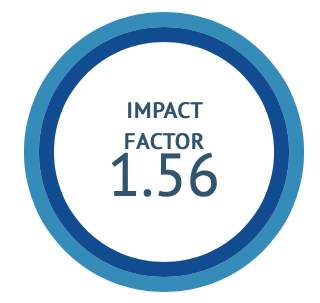An ayurvedic management of Amniotic band syndrome with a focus on antenatal care and complication free outcome - A case study
DOI:
https://doi.org/10.47552/ijam.v16i1.5528Keywords:
Amniotic Band Syndrome, Antenatal Care, Laghu Malati Vasant Rasa, Shatavari Ksheera PakaAbstract
Ayurveda explains Jarayu as the membranous covering of foetus. The liquor amni secreted from amnion can be considered as ambu / garbhodaka. According to Sarangadhara, jarayu dosha can be considered under all abnormalities of amnion and chorion that includes unusual friability, amnionitis, cyst, amnionnodosum, amniotic adhesions along with poly-hydramnios and oligo-hydramnios. Amniotic Band Syndrome (ABS) is a rare condition caused by the strands of amniotic sac that separate and entangle digits, limbs or other parts of the fetus. It is believed that ABS occurs when inner membrane (amnion) ruptures, tears, without injury to outer membrane (chorion). A 21-year-old pregnant woman at 14 weeks of gestation came to Prasuti Tantra and Stree Roga OPD of KLE Ayurveda medical college Belagavi and diagnosed as Amniotic Band Syndrome (ABS) and it was effectively managed by using Ayurvedic formulations such as Laghu Malati Vasant Rasa and Shatavari Ksheera Paka focusing on enhancing amniotic fluid levels and supporting fetal growth. This holistic approach led to a healthy delivery without complications, showcasing the potentiality of Ayurveda in addressing rare and challenging prenatal conditions.
Downloads
Published
How to Cite
Issue
Section
License
Copyright (c) 2025 International Journal of Ayurvedic Medicine

This work is licensed under a Creative Commons Attribution-NonCommercial-ShareAlike 4.0 International License.
The author hereby transfers, assigns, or conveys all copyright ownership to the International Journal of Ayurvedic Medicine (IJAM). By this transfer, the article becomes the property of the IJAM and may not be published elsewhere without written permission from the IJAM.
This transfer of copyright also implies transfer of rights for printed, electronic, microfilm, and facsimile publication. No royalty or other monetary compensation will be received for transferring the copyright of the article to the IJAM.
The IJAM, in turn, grants each author the right to republish the article in any book for which he or she is the author or editor, without paying royalties to the IJAM, subject to the express conditions that (a) the author notify IJAM in advance in writing of this republication and (b) a credit line attributes the original publication to IJAM.




